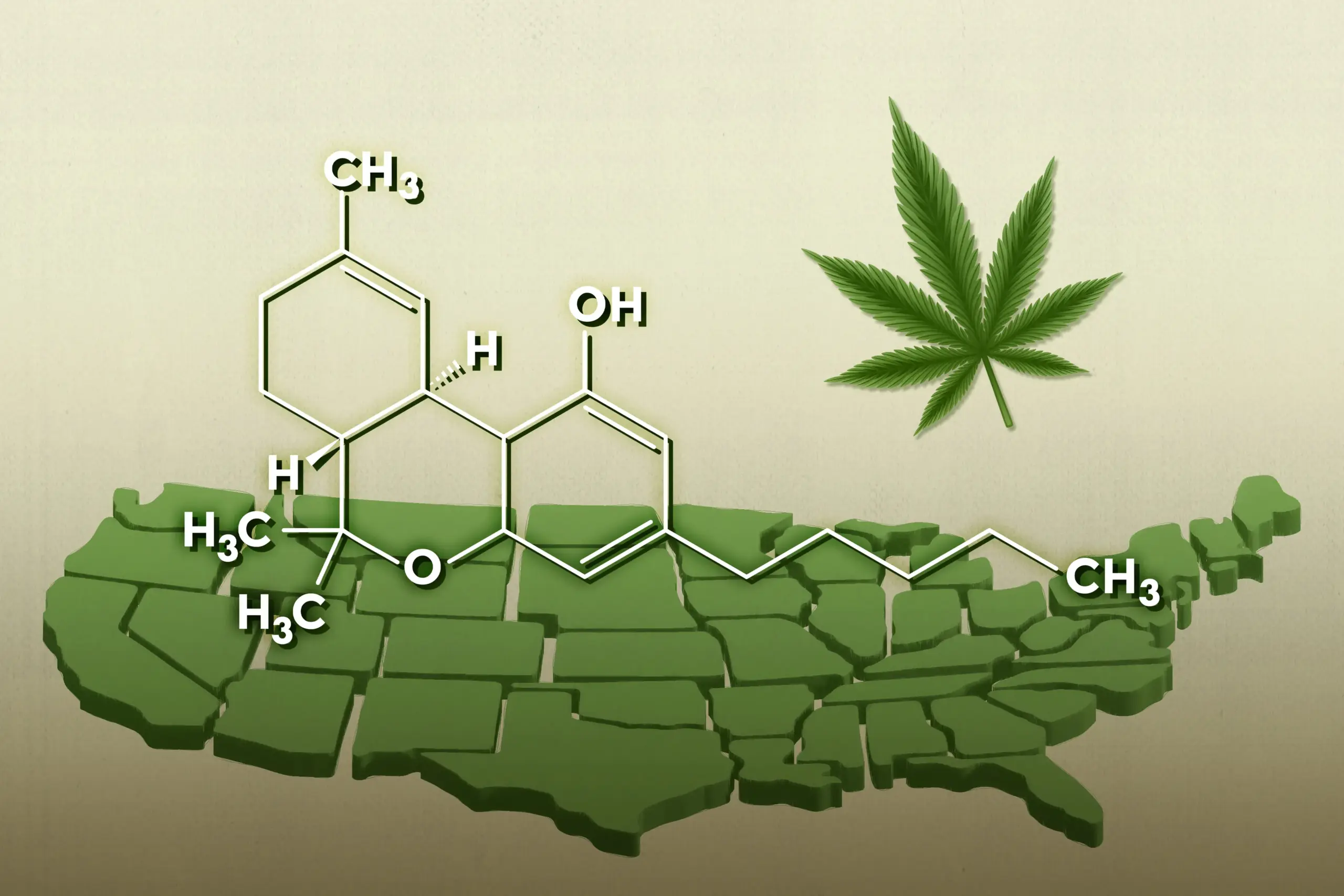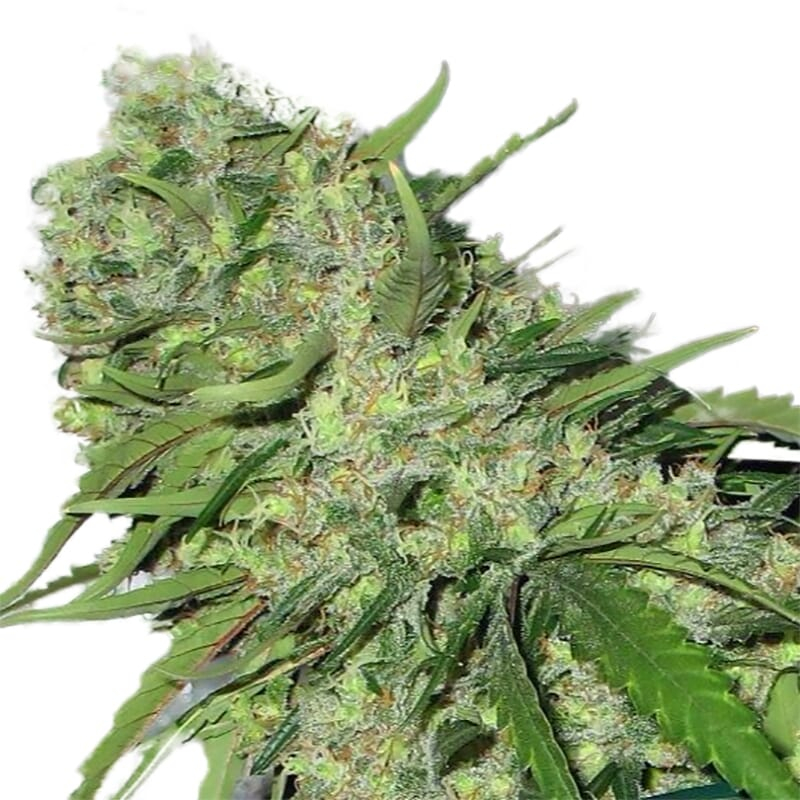The landscape of cannabis in the United States is complex and fragmented. While some state and territorial laws, as well as regulations in Indian Reservations and the District of Columbia, permit the medicinal use of cannabis, both medical and recreational consumption remain illegal, at the federal level. Despite this discrepancy between state and federal laws, the Obama Administration chose not to prosecute users in accordance, with local laws regarding medicinal and recreational cannabis—a stance that has continued since 2017, when the federal government ceased interfering with state laws regarding medical marijuana.
Internationally, in 2018, several countries, including Australia, Canada, Chile, Germany, the Netherlands, Portugal, Spain, Uruguay, and certain jurisdictions in the United States, adopted less restrictive laws regarding cannabis. Conversely, nations like China, France, Indonesia, Japan, Saudi Arabia, and others maintain stricter laws on the matter.
As for the situation in North America, there has been a significant evolution in cannabis regulation in the United States. Throughout the 20th century, federal laws were implemented to penalize its transportation, possession, and distribution, especially with the creation of the Federal Bureau of Narcotics in 1930. However, the focus did not penalize consumption. The legalization of recreational use in states like Colorado and Washington starting in 2012 marked a significant milestone, followed by other states in subsequent years, such as California, Oregon, Nevada, and Illinois. Despite these state legalizations, cannabis consumption and sales remain illegal at the federal level, leading to tensions and legal challenges.
Legalization has demonstrated a significant economic impact in the United States, generating considerable revenue through taxes, sales, and job creation. This economic growth has been accompanied by stricter regulations to ensure safe and responsible cannabis use. These developments highlight the potential of the cannabis industry to drive economic growth and job creation in the country.

Cannabis Legalization in the United States: A Long-Term Perspective
Despite recreational marijuana legalization being a reality in 23 states and the majority of Americans supporting its federal removal, enthusiasm among investors, entrepreneurs, and politicians has waned regarding its realization in the next decade.
Florida Governor Ron DeSantis recently expressed that, if elected president in 2024, he has no plans to decriminalize or legalize cannabis. This stance contrasts with the medicinal marijuana market in Florida, which exceeds one billion dollars in annual sales.
Current President Joe Biden also does not advocate for cannabis, similar to other prominent candidates like former President Donald Trump. This lack of support is reflected in previous administration policies, such as the revocation of industry protections during the Obama era by then-Attorney General Jeff Sessions.
Despite certain gestures like pardoning citizens convicted of federal marijuana possession, Biden has a mixed record on drug policies. The classification of cannabis as a Schedule I drug, alongside substances like heroin and LSD, remains a significant hurdle.
The cannabis industry, valued in billions of dollars, faces significant challenges due to federal prohibition. Imposed restrictions limit market expansion beyond state borders and result in excessive federal taxes.
Although cannabis legalization enjoys broad popular support, lack of federal action has disillusioned investors and entrepreneurs. Major industry players no longer anticipate federal legalization in the short term and are focusing on state advancements and modest reforms.
Meanwhile, in Congress, the debate on cannabis legalization remains a polarized issue. While there is optimism regarding future advancements, some lawmakers show reservations due to political considerations and bureaucratic obstacles.
Despite these challenges, legalization advocates like Representative Earl Blumenauer see continued progress on the horizon, though they acknowledge that the path to federal legalization may be lengthy. Ultimately, cannabis legalization in the United States appears to be a reality that will take time and effort to achieve.
Growth of Cannabis in Young Adults:
The cannabis market among young Americans is experiencing exponential growth, even surpassing beer sales in the country. This shift in consumption habits, particularly noticeable in individuals aged 18 to 25, has surprised many observers.
The trend towards alcohol-free periods, such as the popular “Dry January,” is driving this cannabis boom in the United States. More and more people, especially young adults, view marijuana as a healthier alternative to alcohol. Driven by increasing legalization in the country, cannabis sellers are targeting their promotional efforts towards those opting to abstain from alcohol, even during periods like Dry January.
Data shows that around a third of Americans under 25 who commit to detoxing at the beginning of the year turn to cannabis. In some legalized states, marijuana sales even increase during the month of January.
On the other hand, alcohol sales tend to decline in January, and this trend is especially pronounced in places where recreational cannabis has been legalized. Recent data reveals that sales for major liquor chains in the U.S. hit a post-pandemic low in January.
Interest in alcohol-free periods, like Dry January, has been on the rise since 2016, coinciding with a growing aversion to alcohol among young Americans. While roughly half of 18 to 25-year-olds drank in the last month, a decrease from 60% in 2015.
The alcoholic beverage industry could face tough times as more states consider legalizing recreational cannabis. Currently, 24 states and Washington D.C. have done so, and others, like Florida and Hawaii, could follow suit this year.
“Many cannabis consumers needed government approval to consume cannabis,” commented Blair MacNeil, President of Canadian Operations for Tilray Brands, in an interview.
Cannabis sector companies like Curaleaf, Green Thumb Industries, Verano Holdings, Tilray, and Canopy Growth are expected to experience around 6% growth in the first quarter. Additionally, at the state level, cannabis sales in Oregon have seen an average increase of 19% in January since 2018.












